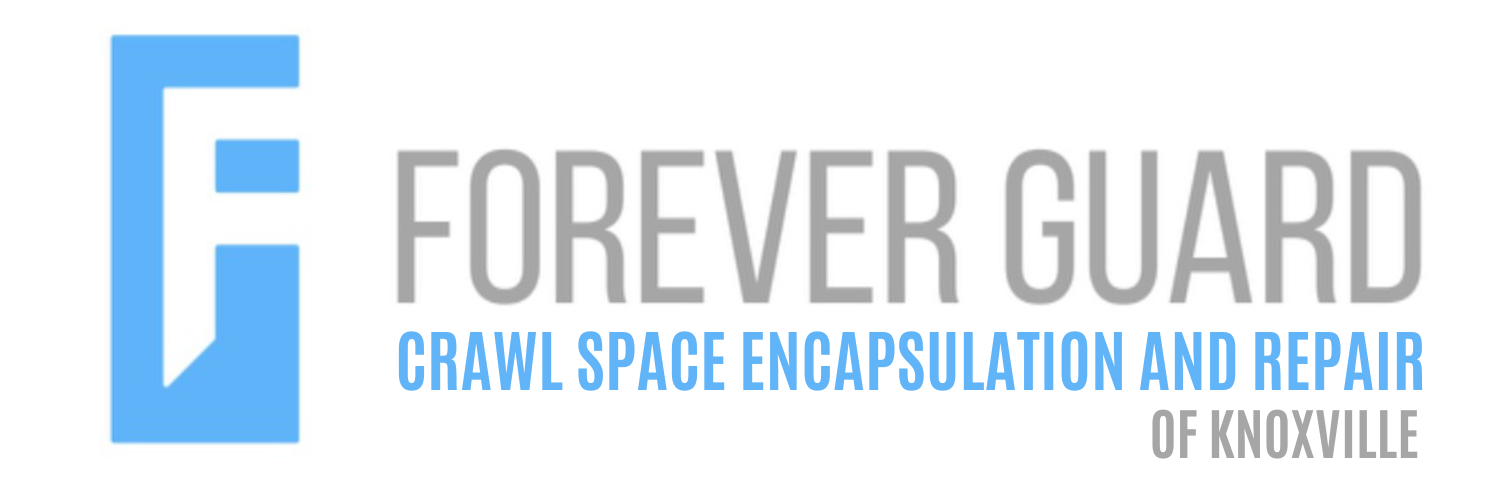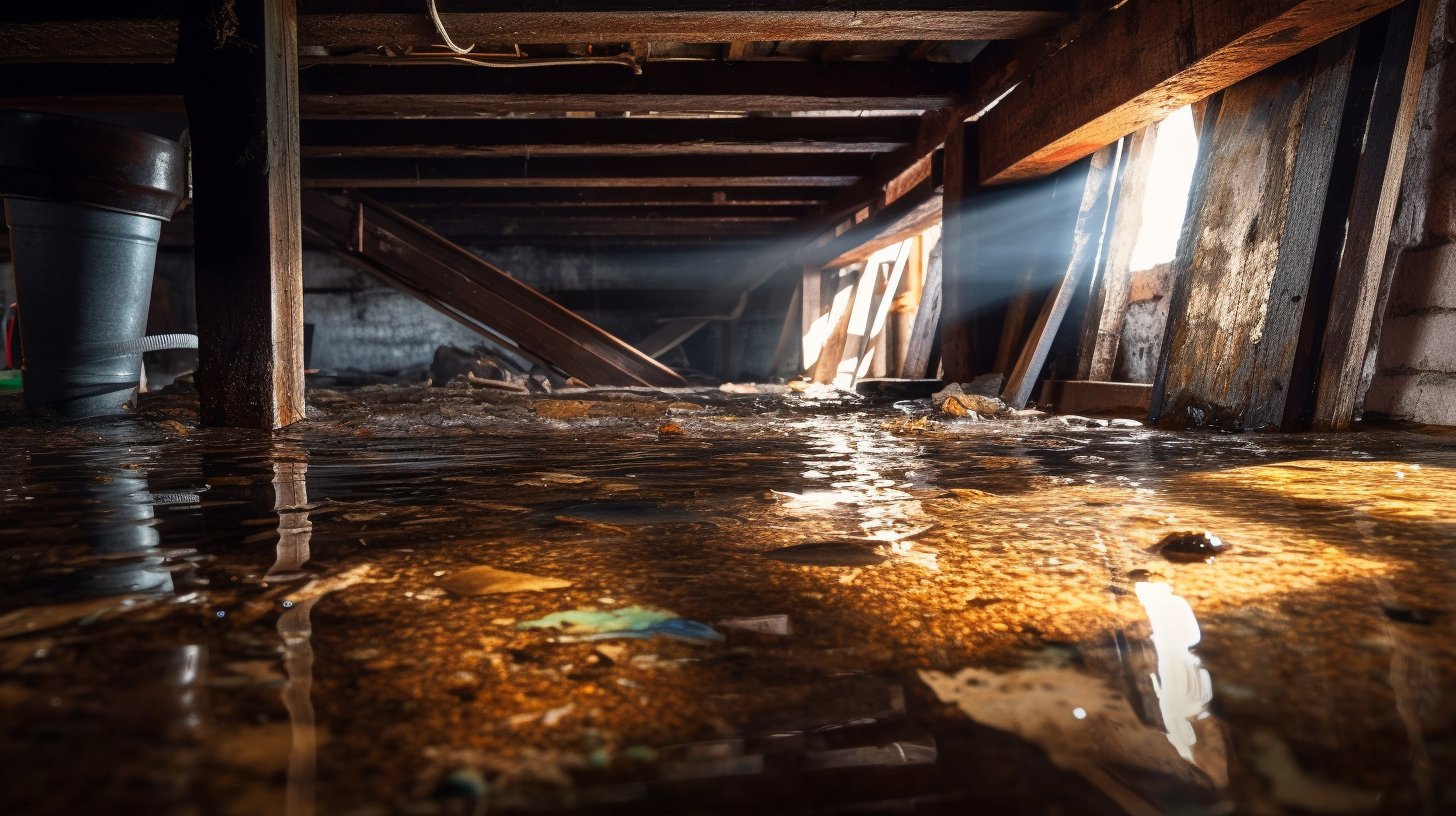Now IS THe Time To...

Crawl Space Services In Knoxville, TN
Stetson Howard: 865-432-6743
CRAWL SPACE ENCAPSULATION, REPAIR, WATERPROOFING & MOLD REMOVAL
No-Obligation, Free Inspections
No-Obligation Free Estimates
We Warranty All of Our Work
100% Satisfaction Guaranteed
Waterproofing is an essential component in protecting a building’s structural integrity, ensuring that critical areas such as roofs, foundations, and basements remain resistant to water infiltration. Without proper waterproofing, these structures are vulnerable to moisture damage, which can lead to serious problems such as leaks, mold growth, and even structural deterioration. Whether it’s safeguarding a roof from heavy rainfall, preventing groundwater from seeping into a basement, or reinforcing a foundation against long-term moisture exposure, effective waterproofing is vital for maintaining the durability and safety of any building. By selecting the right waterproofing solution for each area, property owners can prevent costly repairs and ensure the longevity of their structures.
What is Polyurethane Waterproofing?
Polyurethane waterproofing is a popular method used to create a seamless, flexible, and durable waterproof layer. By applying liquid polyurethane, a strong protective coating is formed on the surface, preventing water infiltration over the long term. This technique is especially valued for its flexibility, allowing it to adhere to various surfaces and provide effective protection against moisture in areas where waterproofing is crucial.
Key Features of Polyurethane Waterproofing
- Composition: Polyurethane is a synthetic material that forms a rubber-like membrane when applied. This membrane tightly adheres to the surface, providing a seamless and highly flexible barrier against water. Its rubber-like properties make it ideal for surfaces that may experience movement or stress, as it can expand and contract without cracking.
- Application: Polyurethane waterproofing can be applied using a roller, brush, or spray, making it a versatile option for different projects. It is commonly used on roofs, balconies, terraces, and other exposed surfaces that are prone to water exposure. The ease of application and its ability to cover complex surfaces make it a go-to solution for both commercial and residential waterproofing needs.
- Durability: One of the standout features of polyurethane waterproofing is its long-lasting protection. It is highly resistant to environmental factors, including UV radiation and temperature changes, making it particularly effective in areas exposed to harsh weather conditions. This durability ensures that the waterproofing layer remains intact for many years, reducing the need for frequent repairs or maintenance.
Pros of Polyurethane Waterproofing
Excellent Flexibility
One of the key advantages of polyurethane waterproofing is its exceptional flexibility. Polyurethane can expand and contract along with the surface it’s applied to, making it ideal for environments that experience frequent temperature changes or structural movements. This flexibility ensures that the waterproofing layer remains intact, even as the structure shifts or expands. As a result, polyurethane is especially effective on flat roofs, concrete surfaces, and other areas prone to movement or expansion.
Seamless Application
Polyurethane creates a seamless, monolithic membrane when applied, which eliminates the need for joints or seams that could be vulnerable to water infiltration. By forming a continuous barrier, polyurethane reduces the risk of leaks and prevents water from penetrating through cracks or weak points. This seamless application offers superior protection compared to traditional sheet-based waterproofing methods, where joints and overlaps can create potential entry points for moisture.
Strong Adhesion to Various Surfaces
Polyurethane waterproofing is known for its strong adhesion to a wide variety of surfaces, including concrete, metal, wood, and tiles. This versatility makes it a great choice for a range of projects, from roofing to foundation waterproofing. Once applied, the material bonds tightly to the surface, ensuring long-term waterproofing even in high-moisture environments. Its ability to adhere to different materials without losing effectiveness enhances its reliability in both residential and commercial applications.
UV and Weather Resistance
Another major benefit of polyurethane waterproofing is its resistance to UV rays and extreme weather conditions. Unlike some materials that degrade when exposed to sunlight, polyurethane maintains its waterproofing properties over time, even with prolonged exposure to UV radiation. This makes it an ideal choice for surfaces like roofs or balconies, where consistent exposure to the elements is a concern. Additionally, polyurethane coatings can withstand extreme temperatures and environmental stress, offering durable protection in a variety of climates.
Fast Curing Time
Polyurethane waterproofing has a relatively fast curing time, which allows for quicker project completion. Once applied, the coating cures and forms a durable protective layer within a short period, reducing downtime in construction or renovation projects. This makes polyurethane a highly efficient option for both new builds and repair work, allowing teams to move forward with other tasks sooner and minimizing delays.
Cons of Polyurethane Waterproofing
Sensitivity to Moisture During Application
One of the main drawbacks of polyurethane waterproofing is its sensitivity to moisture during application. If the surface is not completely dry or if it comes into contact with water during the application process, the polyurethane can develop bubbles or imperfections that compromise its effectiveness. This makes application more challenging in humid or rainy conditions, as any residual moisture on the surface can affect the adhesion and overall performance of the waterproofing layer. Ensuring the surface is dry and free from moisture is critical to achieving a smooth, reliable coating.
Requires Professional Application
Although polyurethane provides excellent waterproofing, achieving the desired results often requires the skills of a professional. Improper application, such as uneven coverage, bubbles, or weak spots, can significantly reduce the effectiveness of the waterproofing layer. DIY application is not recommended, as it can lead to poor adhesion and incomplete coverage, increasing the risk of leaks and water damage over time. Hiring trained professionals ensures that the waterproofing is applied correctly, with a consistent layer that offers long-term protection.
Higher Cost Compared to Other Waterproofing Methods
Polyurethane waterproofing is generally more expensive than alternatives like bituminous or cementitious waterproofing. The higher material cost, combined with the need for professional application, can make polyurethane a less affordable option for smaller projects or those with tight budgets. While the long-term benefits of polyurethane may justify the higher upfront cost in certain projects, cost-conscious property owners may need to weigh these advantages against their budget constraints.
Limited Lifespan in High Foot Traffic Areas
While polyurethane waterproofing is durable, it may not perform as well in areas that experience high foot traffic, such as balconies or terraces. Constant wear and tear can cause the coating to degrade more quickly, necessitating recoating or the application of additional protective layers, such as an anti-slip topcoat, to ensure its continued effectiveness. In areas with heavy use, the polyurethane layer can wear down, leading to reduced protection over time.
Potential for Environmental Concerns
Polyurethane contains chemicals that can raise environmental concerns, particularly during application. Many polyurethane products release volatile organic compounds (VOCs), which can have negative environmental and health impacts. Proper ventilation and safety precautions are necessary during the application process to minimize exposure to harmful gases. Additionally, the environmental friendliness of polyurethane waterproofing can vary depending on the product used, so it’s important to consider eco-friendly alternatives or low-VOC products when available.
Best Applications for Polyurethane Waterproofing
Flat Roofs and Terraces
Polyurethane waterproofing is ideal for flat or slightly sloped roofs due to its seamless and flexible properties. Unlike other waterproofing methods that rely on seams or joints, polyurethane forms a continuous membrane, which helps prevent water infiltration at vulnerable points. This makes it highly effective for areas prone to ponding water, a common issue on flat roofs. In addition to roofs, polyurethane is also suitable for terraces and balconies, where its flexibility ensures long-lasting protection against moisture. However, in high-traffic areas, an anti-slip layer should be added to prevent wear and enhance safety.
Basements and Foundations
Polyurethane waterproofing is an excellent choice for basement walls and foundations, where water seepage and groundwater pressure can cause significant structural issues. Its ability to bond tightly to concrete surfaces makes it highly effective for below-grade waterproofing, ensuring a durable and impermeable barrier against moisture. By forming a flexible, seamless coating, polyurethane protects against cracks and leaks, safeguarding the foundation from long-term water damage.
Water Features and Tanks
Due to its strong water resistance and seamless application, polyurethane waterproofing is commonly used in water storage tanks, swimming pools, and fountains. Its ability to create a durable, impermeable membrane ensures that water stays contained, preventing leaks and water infiltration. Whether applied to the interior of a pool or the exterior of a water tank, polyurethane provides a reliable and long-lasting waterproofing solution for areas where constant water exposure is a concern.
Factors to Consider When Choosing Polyurethane Waterproofing
Surface Preparation and Condition
Proper surface preparation is crucial for the successful application of polyurethane waterproofing. The surface must be clean, dry, and free of any contaminants like dust, oil, or loose particles that could interfere with adhesion. Any cracks, defects, or surface irregularities should be repaired before applying the waterproofing layer to prevent issues such as bubbling or poor coverage. A well-prepared surface ensures that the polyurethane forms a strong bond and delivers optimal long-term performance.
Climate and Environmental Conditions
Climate plays a critical role in determining whether polyurethane waterproofing is the right solution for your project. The material should be applied in dry conditions, as exposure to moisture during the curing process can lead to imperfections and affect the waterproofing layer’s integrity. For regions with frequent rain or high humidity, careful timing and climate considerations are essential to avoid problems during application. Additionally, it’s important to assess whether polyurethane is the best option for the local weather patterns, as alternatives may be more suitable in some climates.
Project Budget and Size
Polyurethane waterproofing tends to be more expensive compared to other waterproofing methods, making it better suited for larger or high-priority projects where long-term durability and flexibility are essential. For projects like roofs, terraces, or basements that require a high-performance waterproofing solution, polyurethane’s superior flexibility and resistance to environmental stress justify the higher cost. However, for smaller or budget-conscious projects, alternatives such as bituminous membranes or cementitious coatings may provide a more affordable and still effective solution.
Maintenance Requirements
While polyurethane waterproofing is generally considered low-maintenance, some areas may require additional attention over time. High-traffic areas, such as balconies and terraces, may benefit from additional topcoats or periodic recoating to maintain their effectiveness and prevent wear. Regular inspections are recommended to ensure that the waterproofing layer remains intact and fully functional. Addressing any signs of wear or damage early can help extend the life of the waterproofing system and avoid costly repairs.
FAQs
-
What makes polyurethane waterproofing flexible?
Polyurethane forms a flexible, rubber-like membrane that can expand and contract with structural movement, making it ideal for areas prone to temperature changes and shifts.
-
Is polyurethane suitable for high-traffic areas?
While polyurethane is durable, it may wear down in high-traffic areas like balconies or terraces. Adding an anti-slip topcoat or recoating may be required to maintain effectiveness.
-
How sensitive is polyurethane to moisture?
Polyurethane is highly sensitive to moisture during application. Surfaces must be completely dry to avoid bubbles or imperfections that can compromise the waterproofing layer.
-
Is polyurethane waterproofing expensive?
Yes, polyurethane tends to be more expensive than other waterproofing methods due to higher material costs and the need for professional application. It's best for larger or critical projects.
-
Does polyurethane require professional application?
Yes, professional application is recommended for polyurethane waterproofing to ensure proper adhesion and avoid issues like uneven coverage, which could lead to leaks or failures.
Recent Blog Posts
Crawl Space News
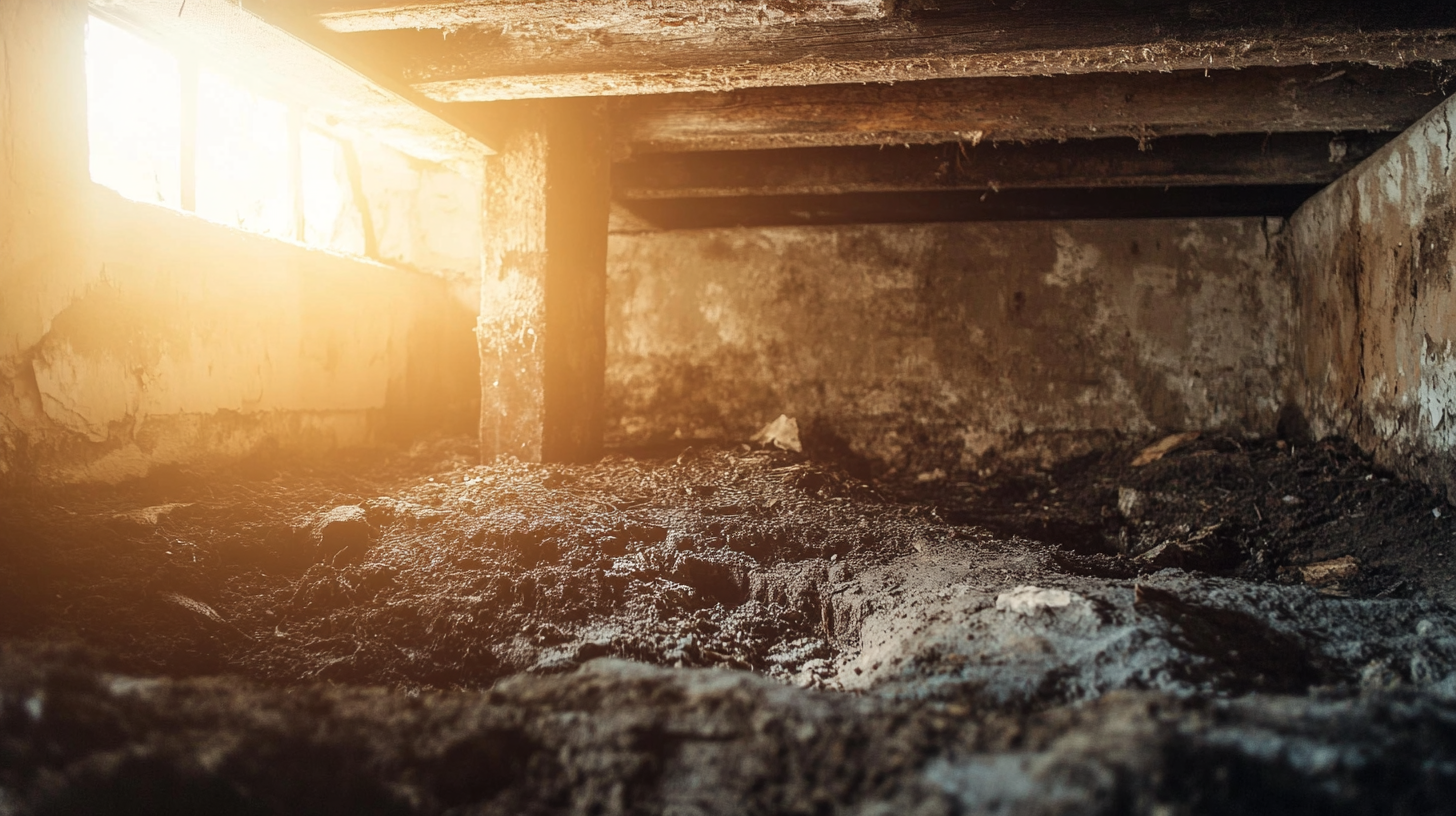
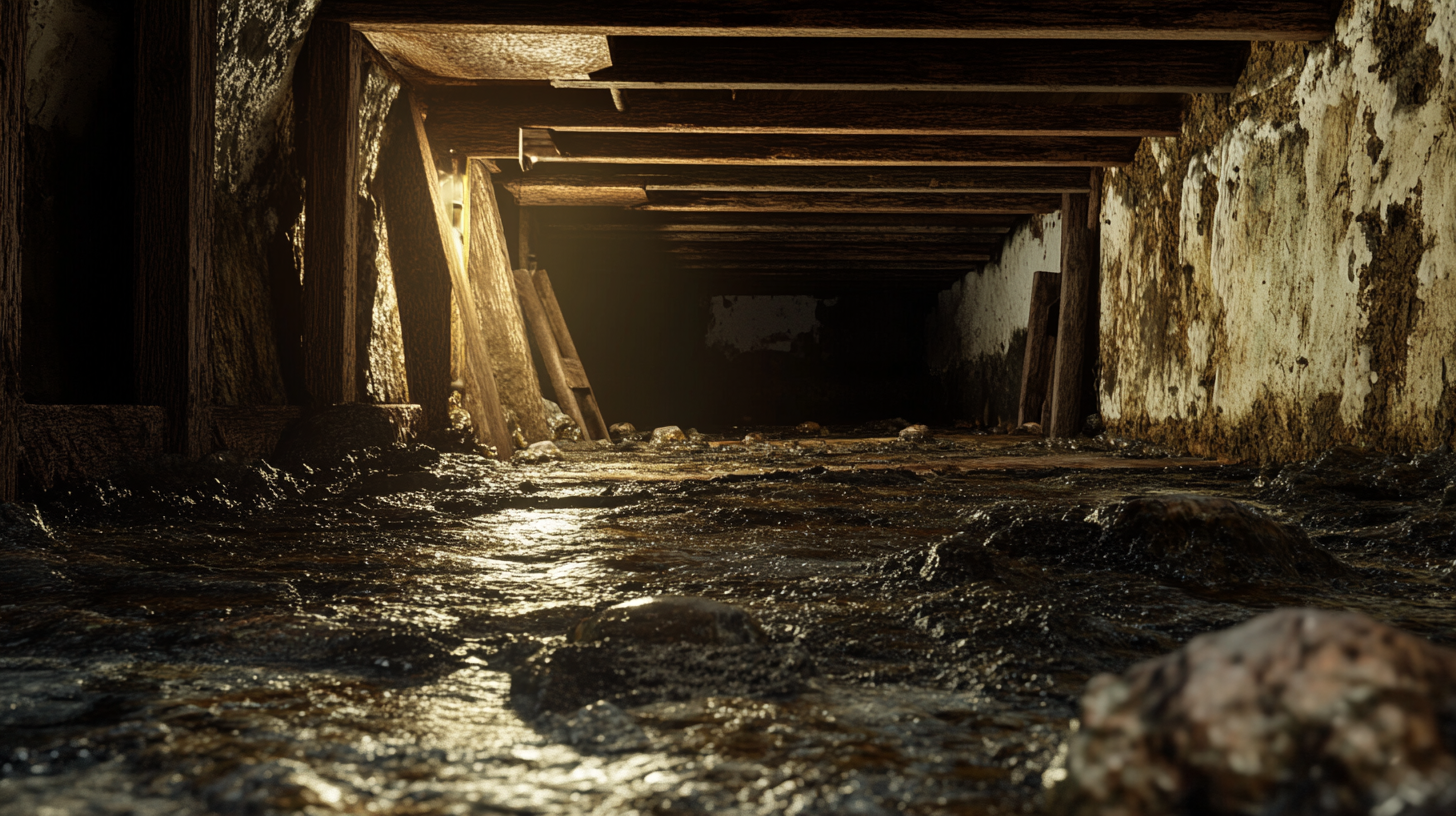
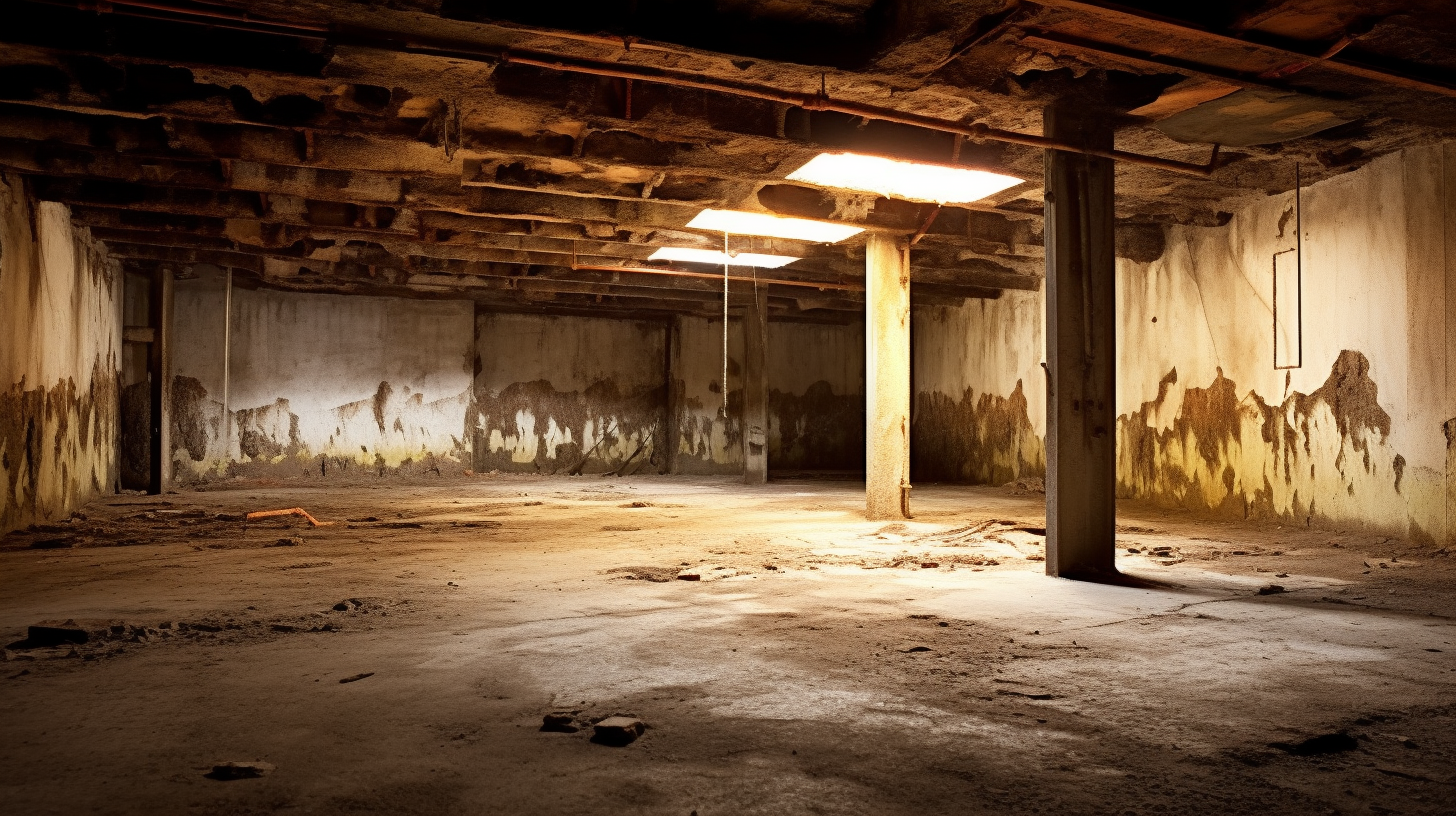
Schedule Your FREE Crawl Space Evaluation!
Did you know YOU DON'T HAVE TO BE HOME for us to provide you with your 100% FREE crawl space inspection and report?
Call Us Today at: 865-432-6743
Forever Guard Crawl Space Encapsulation and Repair of Knoxville is a specialty crawl space waterproofing company that services the greater Knoxville, TN and surrounding areas.
Business Hours
Sunday: 7:00 AM - 7:00 PM
Monday: 7:00 AM - 7:00 PM
Tuesday: 7:00 AM - 7:00 PM
Wednesday: 7:00 AM - 7:00 PM
Thursday: 7:00 AM - 7:00 PM
Friday: 7:00 AM - 7:00 PM
Saturday: 7:00 AM - 7:00 PM
legal info
All Rights Reserved | Forever Guard Crawl Space Encapsulation and Repair of Knoxville

